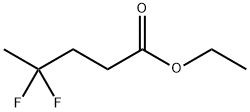(Trifluoromethyl)trimethylsilane(CAS# 81290-20-2)
| Risk Codes | R11 – Highly Flammable R34 – Causes burns R45 – May cause cancer R36/37/39 - R33 – Danger of cumulative effects R26 – Very Toxic by inhalation R23 – Toxic by inhalation R16 – Explosive when mixed with oxidizing substances |
| Safety Description | S16 – Keep away from sources of ignition. S23 – Do not breathe vapour. S26 – In case of contact with eyes, rinse immediately with plenty of water and seek medical advice. S33 – Take precautionary measures against static discharges. S36/37/39 – Wear suitable protective clothing, gloves and eye/face protection. S45 – In case of accident or if you feel unwell, seek medical advice immediately (show the label whenever possible.) S34 - S11 - |
| UN IDs | UN 2924 3/PG 1 |
| WGK Germany | 3 |
| HS Code | 29039990 |
| Hazard Note | Corrosive/Lachrymatory |
| Hazard Class | 3 |
| Packing Group | II |
Introduction
2-Chloro-5-fluorobenzyl bromide is an organic compound with the chemical formula C7H5BrClF.
Nature:
-Appearance: colorless liquid
-Melting point:-24 ℃
-Boiling point: 98-100 ℃
-Density: 1.65g/cm3
-Solubility: Soluble in organic solvents such as alcohols and ethers
Use:
2-Chloro-5-fluorobenzyl bromide can be used in organic synthesis reaction, is a kind of alkylation reagent and halogen reagent. It is often used in the preparation of aromatic ether compounds, pharmaceutical and pesticide intermediates.
Preparation Method:
2-Chloro-5-fluorobenzyl bromide can be prepared by the following steps:
-First, 2-chloro-5-fluorobenzene is reacted with sodium bromate to obtain 2-chloro-5-fluorobenzoic acid.
-Then react 2-chloro-5-fluorobenzoic acid with brominated sulfoxide to obtain 2-chloro-5-fluorobenzoic acid sulfoxide.
-Finally, 2-chloro-5-fluorobenzoic acid sulfoxide ester is reacted with thionyl chloride to obtain 2-Chloro-5-fluorobenzyl bromide.
Safety Information:
2-Chloro-5-fluorobenzyl bromide is an organic bromine compound and should be subject to general laboratory safety practices. It is irritating and toxic and should avoid contact with skin, eyes and respiratory tract. Appropriate personal protective equipment such as gloves, safety glasses and face shields should be worn during operation.


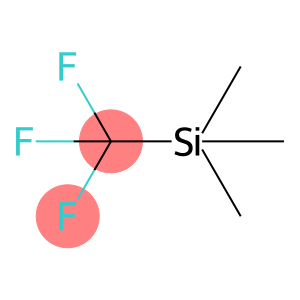
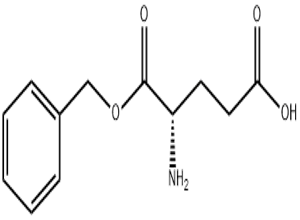
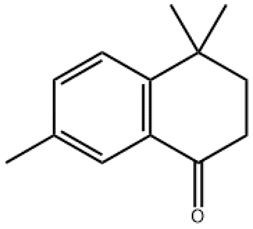
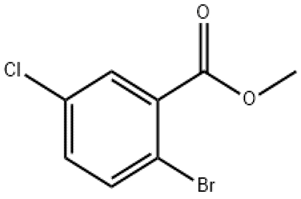
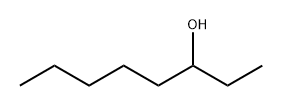
![(3aS,4R,5S,6aR)-(+)-Hexahydro-5-hydroxy-4-(hydroxymethyl)-2H-cyclopenta[b]furan-2-one(CAS#76704-05-7)](https://www.xinchem.com/uploads/3aS4R5S6aR-+-Hexahydro-5-hydroxy-4-hydroxymethyl-2H-cyclopentabfuran-2-one.jpg)
